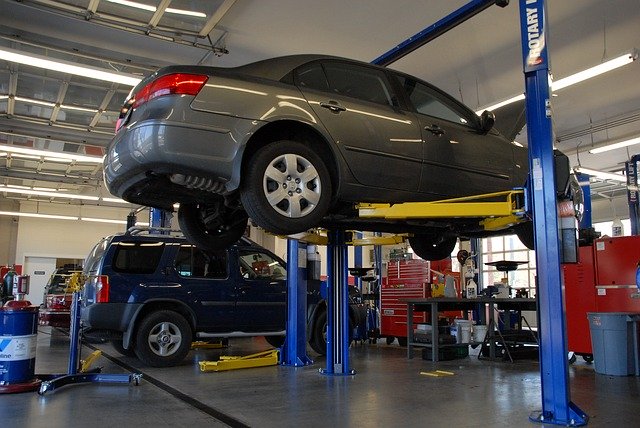Are Garden Log Cabins Water Resistant?
Are garden log cabins waterproof is a question we got asked all the time here at garden log cabins .
The concise simple answer to your question is an unqualified yes!
Why would they not be?
Well, let’s take a look at some of the conceivable troubles with a timber cabin which would make the log cabin not waterproof and fairly honestly not fit for purpose.The main thing to appear at instantly is the roof structure, that’s where you would envision the main problem would begin (this is not always the situation but that’s where we will begin today). The main problem with the roof structure would be to have the felt or shingling to not be installed appropriately. This is fairly easily done if this is something you have never done before and why it should always be tackled by a qualified professional most especially if you are spending a lot of your hard earned money on a timber cabin.
• Make certain that the overlies are overliing in the proper way. You should always begin felting at the bottom of the building and felt upwards. By doing this you guarantee that the felt overlies on top of the piece of felt that is further down the roof structure. This will guarantee there is a natural run off of the water, if you begin felting at the top of the roof structure and you put the overlie from the bottom pieces over the top of the felt higher up when the rain works off it will run underneath the felt and therefor lead to a leak. This is exactly the same when doing shingles, make certain you mount from bottom upwards.
• Make certain the overlies of the felt/shingles are fairly generous. You don’t want them to be just barely overliing because this could lead to rain to get between the felt sheets and this will lead to a leak
• Make certain you use more than enough felt nails. Ideally you want to be spacing the felt nails around 6 inches apart from each other. Always do this on both sides of the felt and dependent on the quality of the felt you are using possibly put another row of nails in the middle,possibly two rows but again this depends on the quality of the felt. Failure to put enough felt nails in there could result in the felt blowing off during a bad storm which would then leave your building exposed to leakages.
• It is in addition vital that when you reach the overhang of the building with the felt you nail the felt to side of the roof structure but DO NOT tuck the felt underneath the overhang of the roof structure as this limits the natural run off of the water. This can lead to early rotting of the building and in some situations lead to the roof structure to water leak around the top corners of the building as water could build up.
• Make certain you use the right size fixings. If the roof boards on your building are let’s say 10mm, you don’t want felt nails of 16mm. Doing this would lead to the felt nails to come completely through the roof structure. This would not appear cosmetically appealing and would in addition be a real chance of a leak in the building. They way felt is now designed,there should be a watertight seal around the nail but throughout the seasons with wear and tear this may fail resulting in a leak.
• The most typically forgotten area on a timber cabin building is the felt or shingles on the roof structure. This is generally because we can’t see it most of the time and it’s a lot more difficult to get up there and have a look,but this is exactly what you should do and I would recommend at least once a year or if you notice a leak. Because log cabins are not built as high as the normal house and the felt and shingles aren’t fairly as tough and sturdy as a typical house tile they require a little more focus. They are exposed to more elements on a daily basis because they are lower, this can result in a number of things from falling debris from plants, or another example would be a kids’s toys getting thrown up there which would all lead to harm to the felt/shingles. Not to mention lots of bird droppings can rot the felt if it is in an area where natural rain can not permeate it to create a natural run off and cleaning system (for example if your log cabin sits under a plant).
See range here mount all of our log cabins, we do this because we know you are investing a lot of money into a timber cabin and you want it to be around for a long period of time. So the best way we can guarantee this happens is to take care of the installation and make certain it is installed appropriately. We’ve been out to repair log cabins in the past built by non-skilled people and if the building is not put together appropriately then number one it won’t be safe but in addition it could lead to a failure in the building to be waterproof.
A prime example of this would be that the logs haven’t been constructed appropriately on the walls. This would then lead to the log cabin to differ from the design as it was intended to be. At this point when the roof structure was installed there might be spaces between the roof structure and the wall. Gaps could in addition appear on the walls of the log cabins themselves and in some situations if the initial build of the log cabin was so bad you would have no choice but to take down the log cabin and rebuild it.
This is why Timberdise mount all of our log cabins so you don’t have this to worry about. As you can envision if there is an opening in the wall or an opening between the roof structure and the wall this would leave the cabin open and it would most definitely water leak which is what we want to avoid at all costs.
I in addition want to bring focus to the floor surface a second. Having your log cabin installed on a proper ground base is a must. That could be a Timberdise ground base,concrete base or a paved area. As long as they’re flat, level and solid you should be ok. Be mindful of where you put the cabin,don’t put it any place that is at risk of flooding as just like the house that you live in. If the water level rises and there is no escape for it then the log cabin will flood,that is regardless of how thick and tight your logs are.
Lastly let’s talk about sealants around the windows and doors. Make certain after you have treated your cabin you fit the relevant sealants around the doors and the windows. The log cabins don’t come with these fitted as standard, this is so you can treat the cabin first and then apply the sealants afterwards. By not fitting the doors and windows with sealants then there’s a chance rain could permeate the inside of the cabin, which again is easily fixed by applying sealants.
In addition, occasionally most especially during the winter months, condensation can develop inside a cabin. This is normal due to the log cabins not having any insulation fitted, it is not a leak and can be fairly normal. We advise at Timberdise to get a dehumidifier if you have power access in there and leave it working during the colder months. This will help take moisture content out of the air and further increase the life-span of your cabin.
If you observe all the above recommendations you should have a leak free cabin for the duration of its life-span which can provide infinite pleasure and relaxation. Always remember prevention is far better than the treatment.


